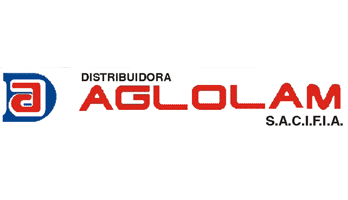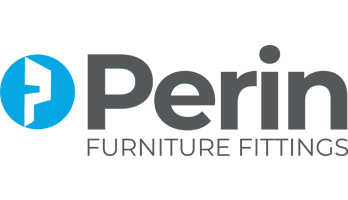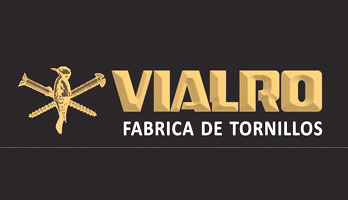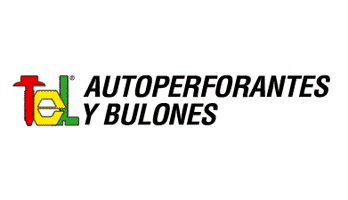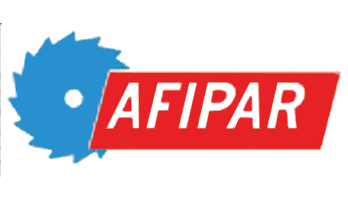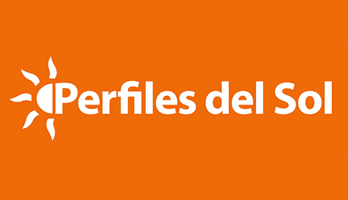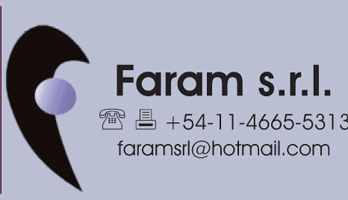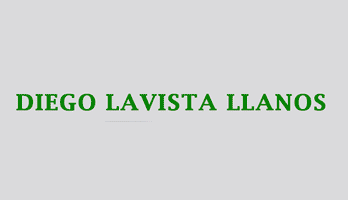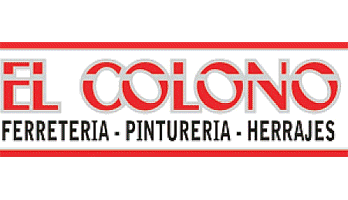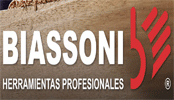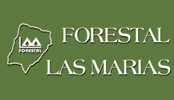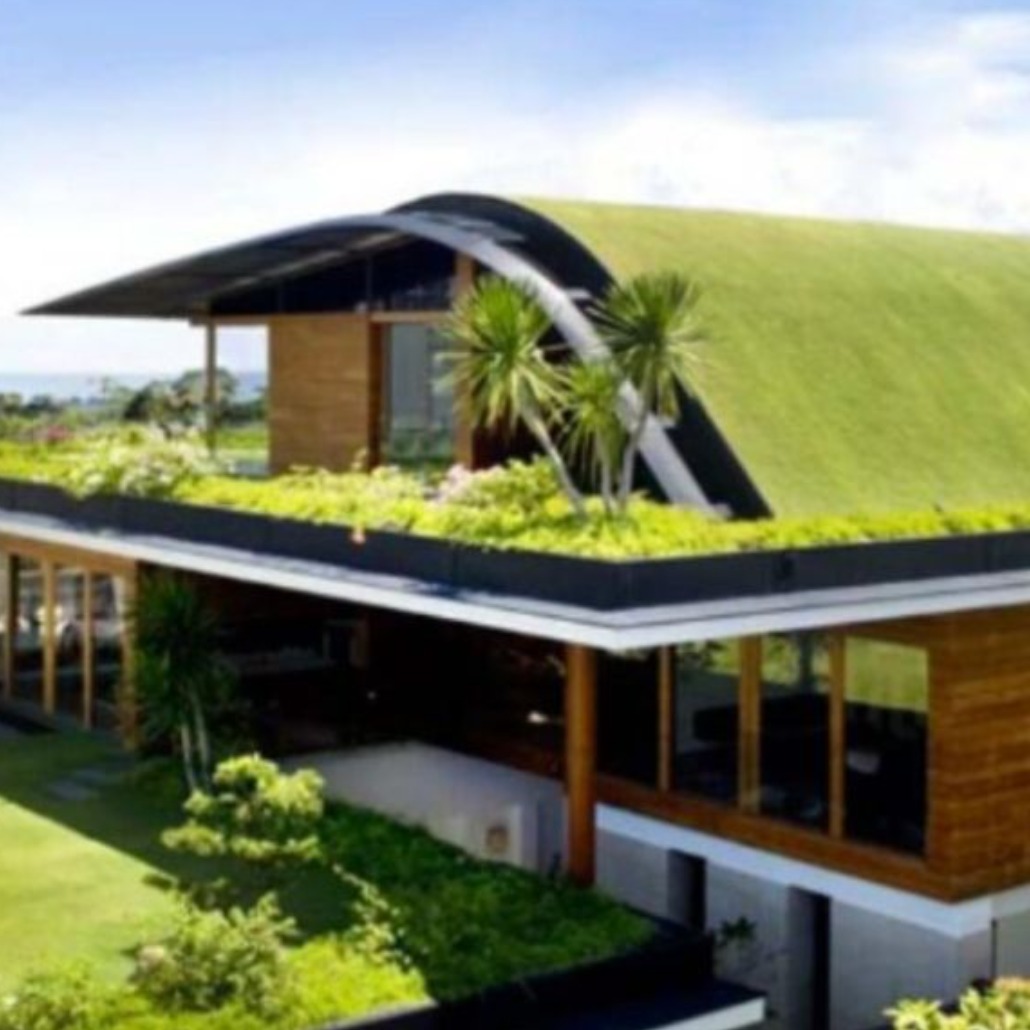
Green Green Roofs: What are their benefits on?
Sustainable green architecture has gained popularity, especially in urban environments affected by the concentration of buildings and traffic, an increasingly common problem in urbanized areas. Sustainable green roofs are an outstanding option in the design of buildings in urban areas, offering a series of significant benefits. Among the most remarkable, it is possible to mention the improvement of urban health, allow the restoration of ecological balance, increasing the efficiency of buildings and, ultimately, increasing the sustainable tendency of technologies
The importance of green ceilings for architecture support them green ceilings, also known as live roofs, are surfaces in which plants are grown, forming a plant layer. This architectural solution not only improves the aesthetics of buildings, but also provides various environmental and functional benefits, such as the absorption of rainwater and the reduction of thermal radiation. It is necessary to know the differences of the different types of terraces and ceilings Greens on different surfaces: green terraces in buildings The implementation of green terraces in buildings is a practice that goes beyond aesthetics, contributing to the thermal performance of the building by providing thermal mass, insulation and shadow. This approach not only optimizes the inner comfort, but also reduces the ecological footprint of the building. Green spears on green roofs on sheet They represent a specific application of this technology. When integrating vegetation into metal structures, a balance between roof functionality and environmental benefits, such as the improvement of air quality and the reduction of the urban heat island, are achieved. Benefits of the green ceilings. On the individual as in the collective and for the community, as well as its environment. Among its main benefits, it is necessary to mention: ? Reduce air conditioning and heating costs, since they cause better insulation, contributing to the air conditioning of the building ? They can be used to grow fruits and vegetables ? They serve as a water management tool storm and reduce the risk of floods, since they retain up to 65% of rainwater ? Reduce the ?heat island? effect and are able to cool cities during the summer ? They reduce pollution and improve air quality, since greenhouse gas emissions decrease ? They grant a habitat for wildlife. An intensive, can reduce it to 46-50 decibels ? They provide aesthetics and positively influence peoples mood. Green ceilings are an increasingly common practice in Argentina. These systems not only add a unique aesthetic touch to buildings, but also provide environmental benefits and energy efficiency. Various companies specialize in the implementation and design of green roofs in the country. 3 layers: 1. Isolation2. Vegetation3. Irrigation2- Waterproof membrane Most roofs have a waterproof membrane. However, green roofs require an additional layer that also resists the roots of the plants. The possible leaf that covers the entire surface and the covers for ponds of 1 millimeter thickness of the gardens stores with gardens with Ideal. The conventional sealant will serve to fix them to the roof. The drainage is fundamental and the roof should not saturate so as not to obstruct the drainage outlets.4- Subtratola depth of the substrate determines the vegetation that will grow in it. Most green roofs have a depth of 7 to 20 centimeters. The substrate needs to be light and the appropriate composition based on the desired vegetation. We advise you to avoid using the common garden land Choose. We recommend you opt for an extensive roof, since it requires little maintenance. You should only check the previous points once or twice a year.
IT MAY INTEREST YOU
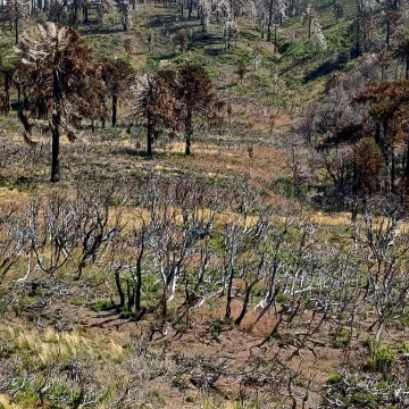 Specialists from 10 provinces develop forest landscape restoration strategies throughout the country
Specialists from 10 provinces develop forest landscape restoration strategies throughout the country
The program is developed by researchers from INTA, Conicet and the Argentine Wildlife Foundation.
 The forest of the oldest shadows: the story of the petrified trees
The forest of the oldest shadows: the story of the petrified trees
One of the natural treasures of Río Negro turns 23 years old under the protection law that allows its conservation. Where it is and how it was formed. Río Negro celebrates 23 years of conservation in the petrified forest as a Protected Natural Area (ANP). It is a space of 625 hectares that protects an exceptional site of fossil trunks that date back more than 60 million years.
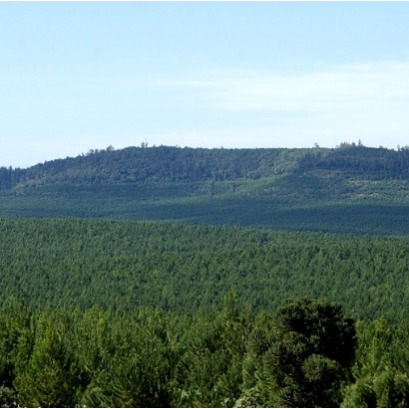 Free seminar on the implementation of the European EUDR regulation on deforestation-free wood products
Free seminar on the implementation of the European EUDR regulation on deforestation-free wood products
The Argentine Forestry Association (AFoA) organizes the seminar «EUDR in Forest Products: Current status of implementation. Regulatory requirements and private experiences", which will take place on Wednesday, November 26, from 11:00 a.m. to 12:00 p.m., via Zoom, with live streaming on YouTube. The European Regulation on Deforestation-Free Products (EUDR) will enter into force on December 31, 2025 and will impose new requirements for forest products entering the European Union market.


